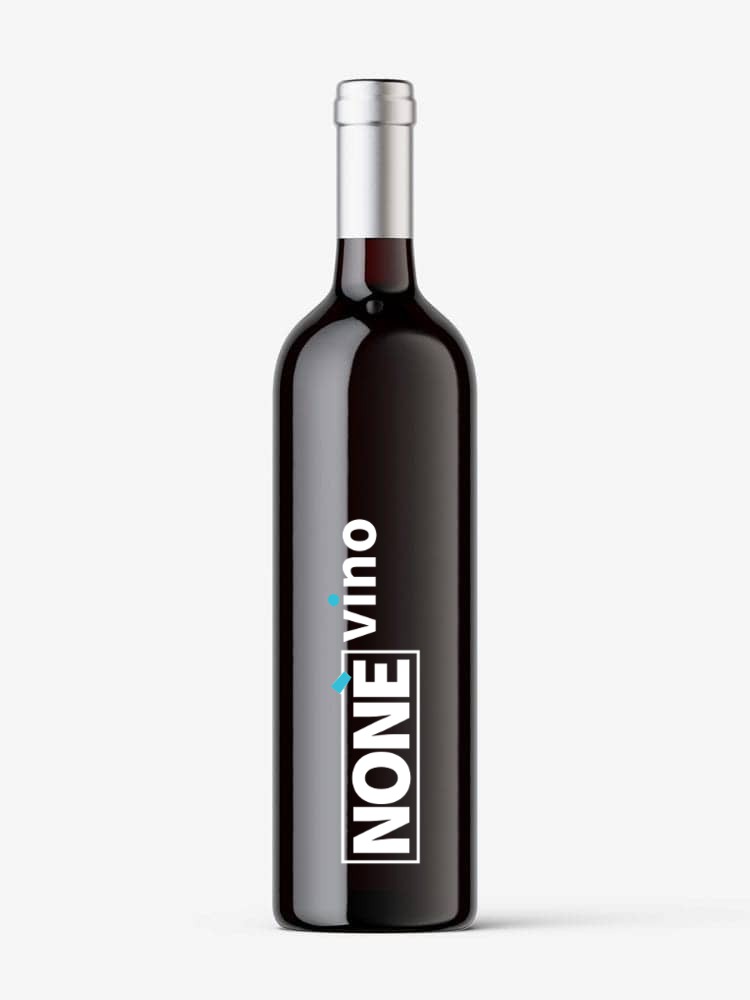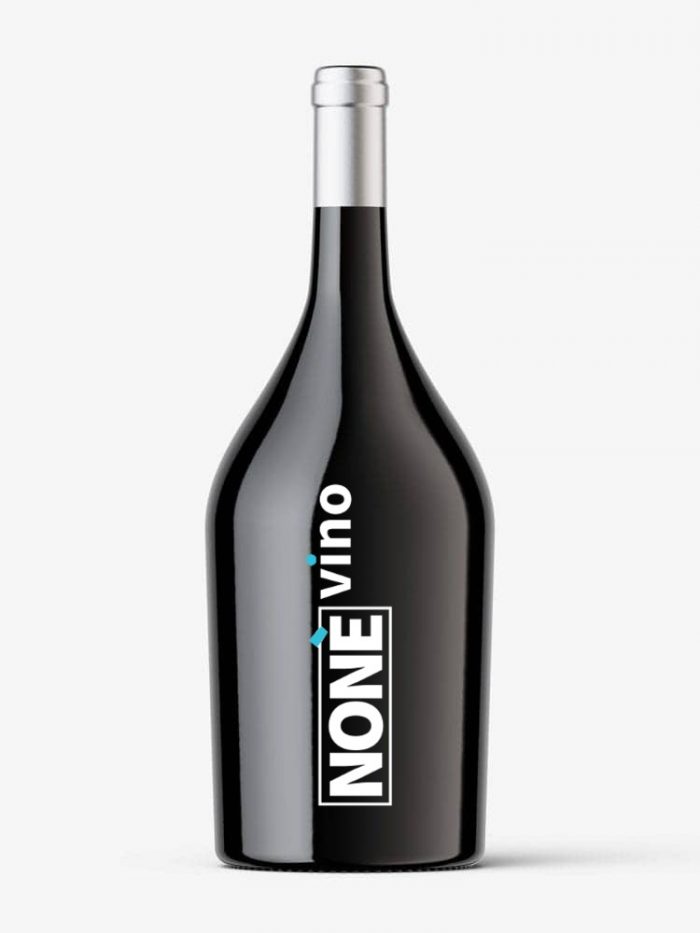The defined geographical area falls in south-eastern Sicily and is bordered to the north by the Erei mountains, to the south by the Mediterranean Sea, to the east by the Iblei mountains and to the west by the central-southern hills of the province of Caltanissetta. Inside, three macro-areas can be distinguished:
– a coastal area with an average altitude between 0 and 200 m. above sea level
– an area of medium hills with vineyards located from 200 to 350 m. above sea level
– a high hill area with an average altitude of over 350 m. above sea level.
From a geological point of view, the cultivation area of the DOCG Cerasuolo di Vittoria has vast areas of calcareous and clayey-sandy soils that give the wines exceptional prerogatives of longevity, aroma, alcohol content, minerality and good natural acidity thanks to the optimal climatic peculiarities in terms of insolation and continuous ventilation of the production area.
The Production Area of the Cerasuolo di Vittoria DOCG Wine is located in:
– province of Ragusa , and includes the territory of the municipalities of Vittoria, Comiso, Acate, Chiaramonte Gulfi, Santa Croce Camerina and, in part, the territory of the municipality of Ragusa.
– province of Caltanissetta , and includes the territory of the municipalities of Niscemi, Gela, Riesi, Butera and Mazzarino.
– province of Catania , and includes the territory of the municipalities of Caltagirone, Licodia Eubea and Mazzarrone.
During the vinification phases, only loyal and constant oenological practices of the area are allowed, suitable to give the wines their particular quality characteristics.
The oenological practices of vinification of the DOCG Cerasuolo di Vittoria wine include, among other things, that:
– The maximum yield of grapes into wine must not exceed 65% equal to 52 hl / hectare for both types of Cerasuolo di Vittoria. If these parameters are exceeded within the limit of 5%, the excess is not entitled to the DOCG. Beyond these limits, the right to DOCG for the whole product lapses.
Viticulture spread in eastern Sicily since the era of Greek colonization, (VII-VI century BC), in particular, in south-eastern Sicily, with the foundation of Syracuse (733-734 BC), the most important Greek city of ‘island and, subsequently, with the foundation by the Syracusans of the colony of Kamarina (598 BC), built at the mouth of the Ippari river, in the current territory of the province of Ragusa and, therefore, in the production area of the “Cerasuolo di Victory”.
Some coins found in the Camarinese territory show, in fact, in the exergue, the representation of wine amphorae, typical for the narrow mouth and the elongated belly, which were used above all for the transport and marketing of wine, as well as numerous amphorae have been found in the seabed in front of Kamarina. Also in this area an exceptional find was found consisting of a rolled lead sheet, which is a real notarial deed of sale of a land planted with vines, between the Ippari and Irminio rivers, whose buyer was a woman owner of a wine resale, therefore on that date (III century BC) the production of wine already existed and was also an object of trade.
With the Roman occupation the wine from this area of Sicily was exported to Rome and central-southern Italy; during excavations in Pompeii, wine amphorae were found which bear inscriptions on the places of origin of the wine: Taormina and Mesopotamio. In Roman times this rich and fertile area located between the two rivers Ippari and Dirillo, was in fact called “Plaga Mesopotamium” and coincided with the current production area of Cerasuolo di Vittoria. Camarina represented the natural outlet for agricultural products, including wine, produced in this area, with a route that from Catania passed through Lentini, Caltagirone, Acate, Vittoria and Comiso, whose viticultural activity is testified by the findings of millstones, foundaci for the stops, furnaces for the construction of wine amphorae.
In 1606, the noblewoman Vittoria Colonna Henriquez, countess of Modica, decided to found the city of Vittoria, and to encourage its urbanization, she gave the first 75 colonists a hectare of land on condition that they cultivate another one with vineyards. Throughout the seventeenth century there was an enormous expansion of the vineyards in this area thanks to a policy of incentivising valuable intensive crops, such as the vine, which enhanced the natural fertility of the soil. The wine was first exported only to the various other cities of the county of Modica, subsequently, through the port of Scoglitti and the Trapani and Mazara ships, it was also exported to Malta.
In 1777, the exemption from the duty on must increased the vineyard area even more, especially by the small and medium-sized owners, emphyteutes and sharecroppers. Abbot Paolo Balsamo in his travel notes through the County of Modica (1808) asserts that the Vittoria countryside is rich in vineyards and wine is produced that he considers the best of all Sicilian table wines. The Florentine Domenico Sestini, who moved to Catania as librarian in the service of the Prince of Biscari, gives an important testimony of the viticulture of this area of Sicily; in the lesson he gave in 1812 at the Accademia dei Georgofili on the wines of the Vittoria area, he praises the quality of these wines and describes the vines, the system of planting and cultivation, the fertility of the land, the methods of harvesting and vinification.
In the second half of the nineteenth century there was a further economic development of this area and the city of Vittoria became one of the most prosperous and productive cities in Sicily. In this period there was a massive process of cultivation reconversion; thousands of hectares, previously cultivated with wheat, were converted into more profitable crops, including the vineyard.
This transformation was driven by the growth in demand for wine and by the relative increase in prices, by the technological progress of the cultivation operations that made the cultivation of vineyards easier and more profitable. The port of Scoglitti was strengthened to meet the requests for exporting wines; in 1860 the export of Vittoria wines reached 300,000 hectoliters.
But starting from the end of the century the Phylloxera epidemic led to the destruction of a large part of the Sicilian vineyards and Vittoria, with her strong viticultural specialization, paid dearly for the monocultural choice; thousands of smallholders fell into disrepair. At the beginning of the twentieth century the technique of grafting on American vines resistant to phylloxera spread, but the small owners and sharecroppers were totally deprived of capital to proceed with the replanting, so it was the work of large landowning families that the conversion was carried out of the vineyards.
The economic crisis following the phylloxera and the trade war with France marked the decline in the production of wines with high alcohol content and intense color, which were exported to France as blending wines, and increased the production of table wines with a more moderate content. alcoholic, fragrant and fresh, forerunners of the current “Cerasuolo di Vittoria” DOCG wines.
Over the centuries, therefore, viticulture has maintained a very important role of cultivation for the territory, up to today. Recent history is characterized by a positive evolution of the denomination, with the planting of new vineyards, the birth of new companies, the professionalism of the operators who have contributed to increasing the quality level and the reputation of the denomination as evidenced by the national awards. and international wines produced by companies in the geographical area of reference. This positive evolution is sanctioned by the passage of the wines from DOC in 1991 to DOCG in 2005.









